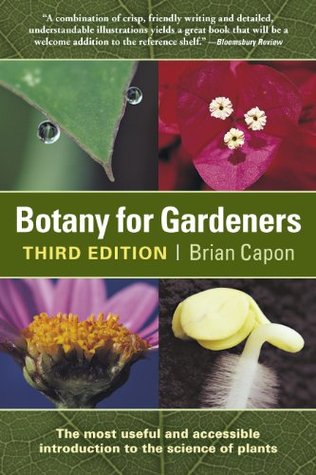More on this book
Kindle Notes & Highlights
From air, water, and the dust of the earth, atoms unite, albeit temporarily, into living, functioning plants and animals. And when, inevitably, the spark of life is lost, it is back to those primal forms that the elements return.
The porous nature of cork tissue plays a significant role in the physiology of a tree, for it permits the exchange of gases—such as oxygen and carbon dioxide—between the inner, living tissues of the bark and the atmosphere.
This same quality makes cork a peerless material for allowing bottled wines to breathe during their maturation. In addition, cork cells are naturally water-proofed with a substance called suberin (Latin: suber, “cork”) that prevents evaporative losses from the bottles.
One occasionally sees a large tree still growing after its heartwood has been burned out by a forest fire. This is possible because only sapwood is needed to sustain the tree’s life.
Many bamboos undergo mass flowering after 30 or more years, with all the plants of a species flowering simultaneously regardless of geographic location or climate, and then the plants die.
Cloning techniques possess great potential for the propagation of economically important species,
Autotrophic plants hold the key to life on Earth; they alone are the intermediaries between the sun and all other creatures.
Because of their shape, some flowers are exclusively pollinated by a single species of bee, wasp, or fly—a precarious dependency as extinction of the insect would leave little hope for the plant species’ survival.


